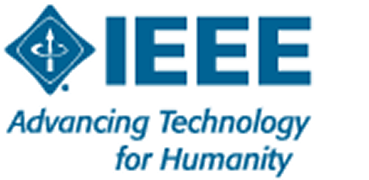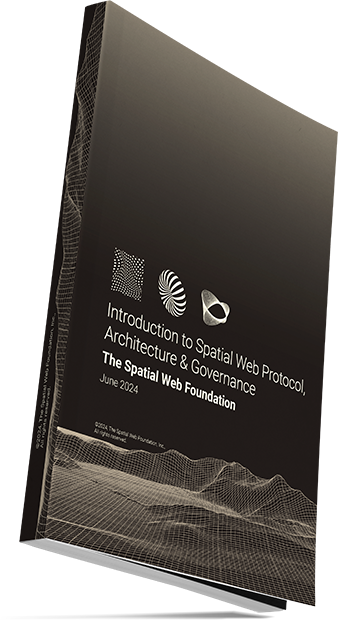The Spatial Web Foundation
The Spatial Web Foundation (SWF) is dedicated to the development and implementation of socio-technical standards that will provide a safe and secure and interoperable foundation for the Spatial Web. These standards ensure that exponential technologies are not only technically robust but also socially beneficial, safe, compliant with existing laws, and in alignment with societal norms and values. SWF is a community of developers, creators, scientists, and innovators with a shared mission to enable a hyper-connected, contextually aware, ethically-aligned network of humans, machines, and artificial intelligence.
Spatiality
Digital content isn’t only a single blob of data but is dimensionalized and inherently spatialized, making location the fundamental representation rather than strings.
Ownership
Users can own their data and digital property and choose with whom they share this data. Moreover, they retain control of it when they leave a given service provider.
Security
Secure data collection, transmission, and storage enables interactions and transactions with virtual and physical assets between any user within and across any space—physical or virtual.
Privacy
Individual control, trust, and security utilizing cryptographically-secured and decentrally-stored digital identity enables “trustlessly” complete interactions and transactions with anonymity and auditability. Previously the exchange of personal data and layers of verification were required.
Trust
Trust is based on reliable real-time validation of all users, assets, and spaces and their interactions with certifiable and verifiable records that validate various proofs of ownership, activity, traceability, and rights.
Interoperability
Multi-user interoperability provides searchability, viewability, interaction, transaction, and transportation of any asset or user within or across any spaces. Seamless user navigation and asset transfer is enabled within and between spaces across devices, operating systems, and locations.
The Spatial Web Foundation Approach:
At the SWF, we champion transparency and accountability in technological development. We advocate for responsible innovation and actively engage in dialogues and collaborations with a diverse range of stakeholders. Our proactive stance allows us to anticipate and address emerging ethical challenges head-on.
Our Vision:
We envision a world where technology unlocks the vast intellectual and creative potential of humanity to benefit both individuals and the planet. SWF is committed to catalyzing personal and community growth, fostering a harmonious, sustainable future for all. Our ultimate goal is to pave the way for a universally prosperous future, ensuring the continued forward evolution of life.
The Spatial Web Foundation Team:
Gabriel René • Executive Director / Founder
Dan Mapes • Managing Director / Founder
Michael Wadden • Managing Director / Outreach
Bastiaan den Braber • Director of Operations
George Percivall • Distinguished Engineering Fellow
Jacqueline Hynes • Research Engineer
Dan Richardson • Director of Market Analysis
Dr. Sarah Grace Manski • Senior Ethics Advisor
Our Charter and Ethical Principles:
The SWF’s charter is a document designed to state our purpose, goals, and principles. It serves as a True North for the organization and helps us ensure that we remain true to our original purpose and mission. This charter may be amended over time to reflect the changing needs and goals of SWF, but serves as a foundational document guiding our actions and decision-making.
The Spatial Web Foundation Team:
Gabriel René • Executive Director / Founder
Dan Mapes • Managing Director / Founder
Bastiaan den Braber • Director of Operations
George Percivall • Distinguished Engineering Fellow
Jacqueline Hynes • Research Engineer
Dan Richardson • Director of Market Analysis
Dr. Sarah Grace Manski • Senior Ethics Advisor










